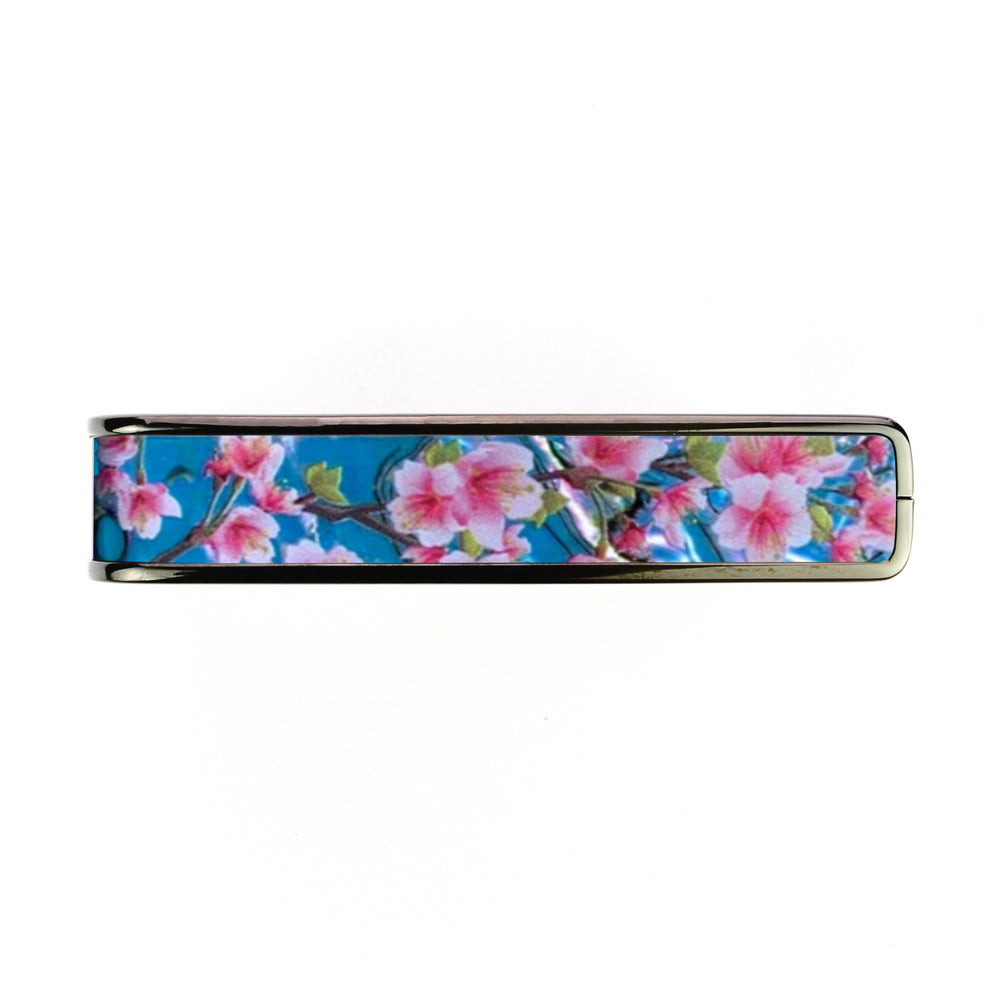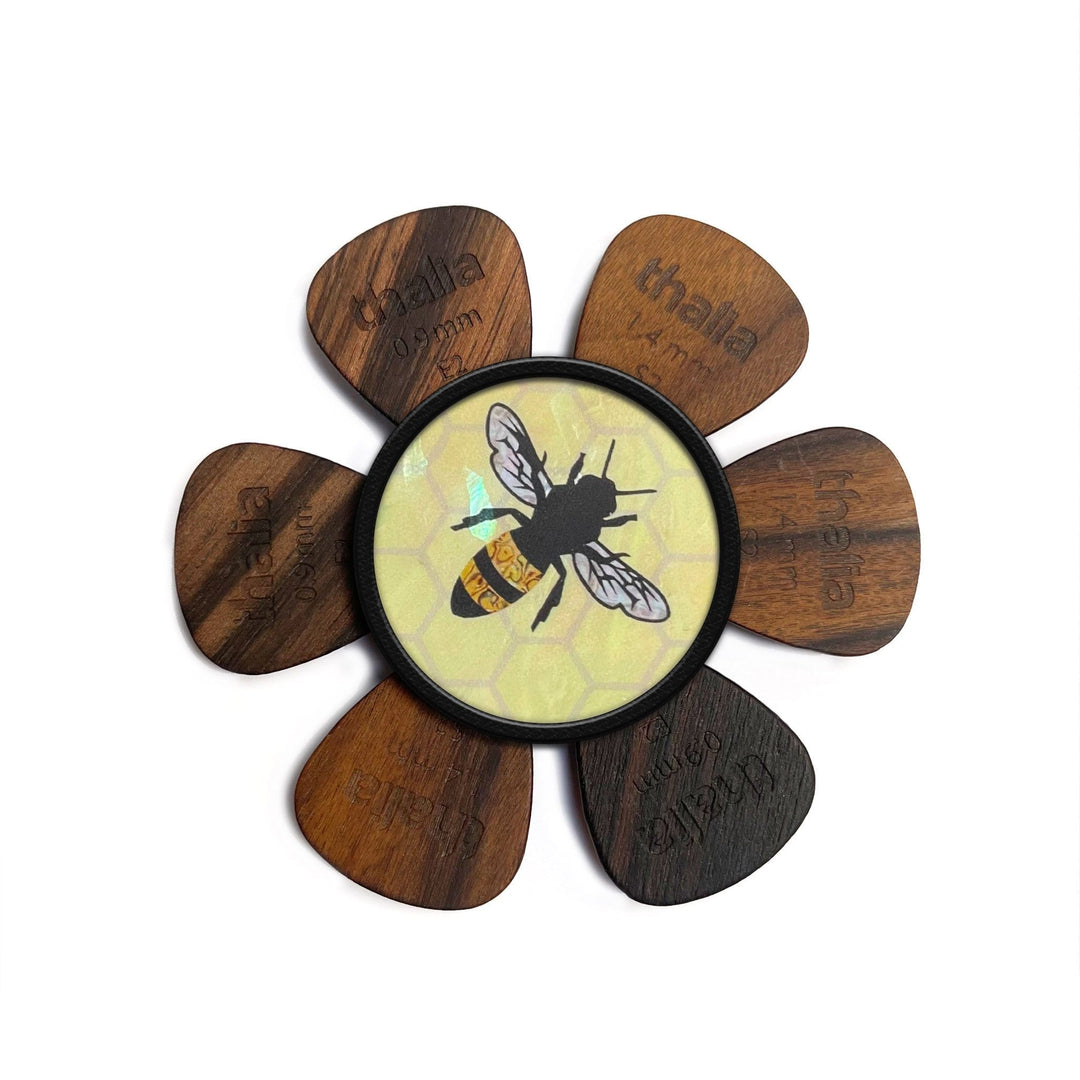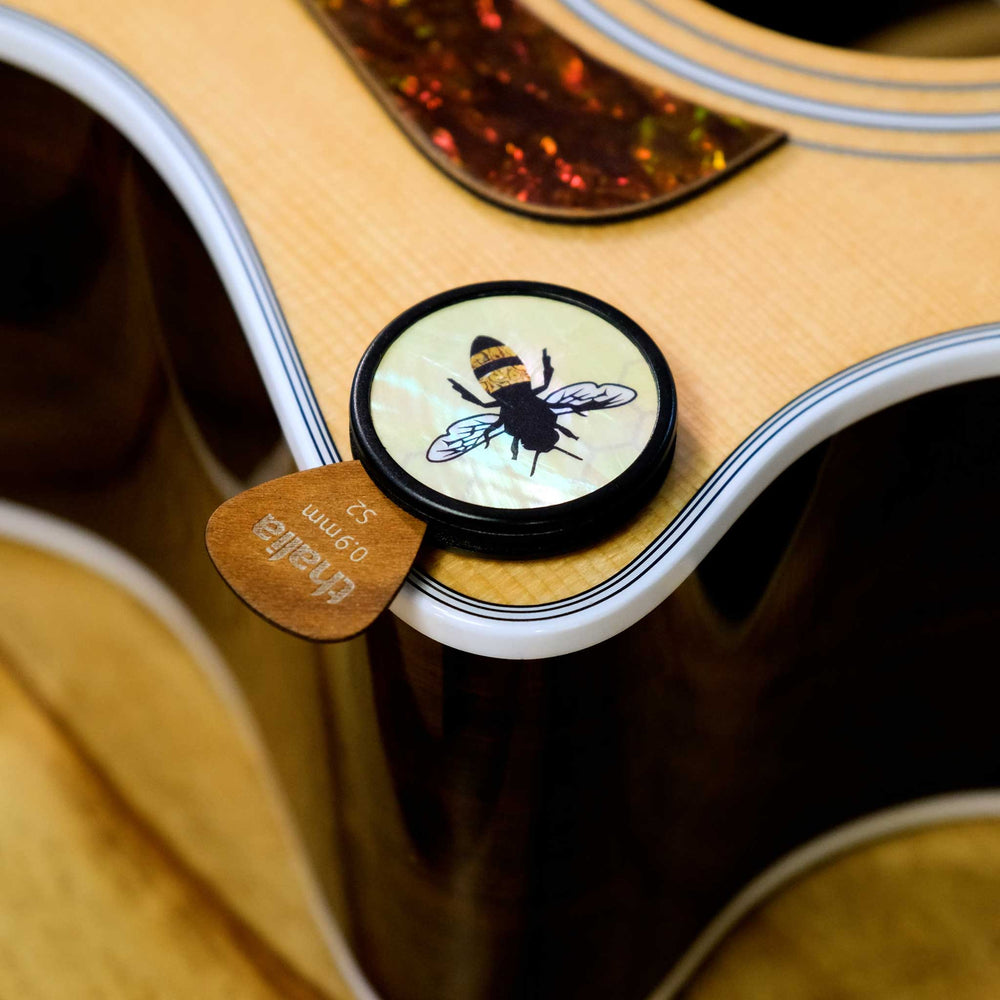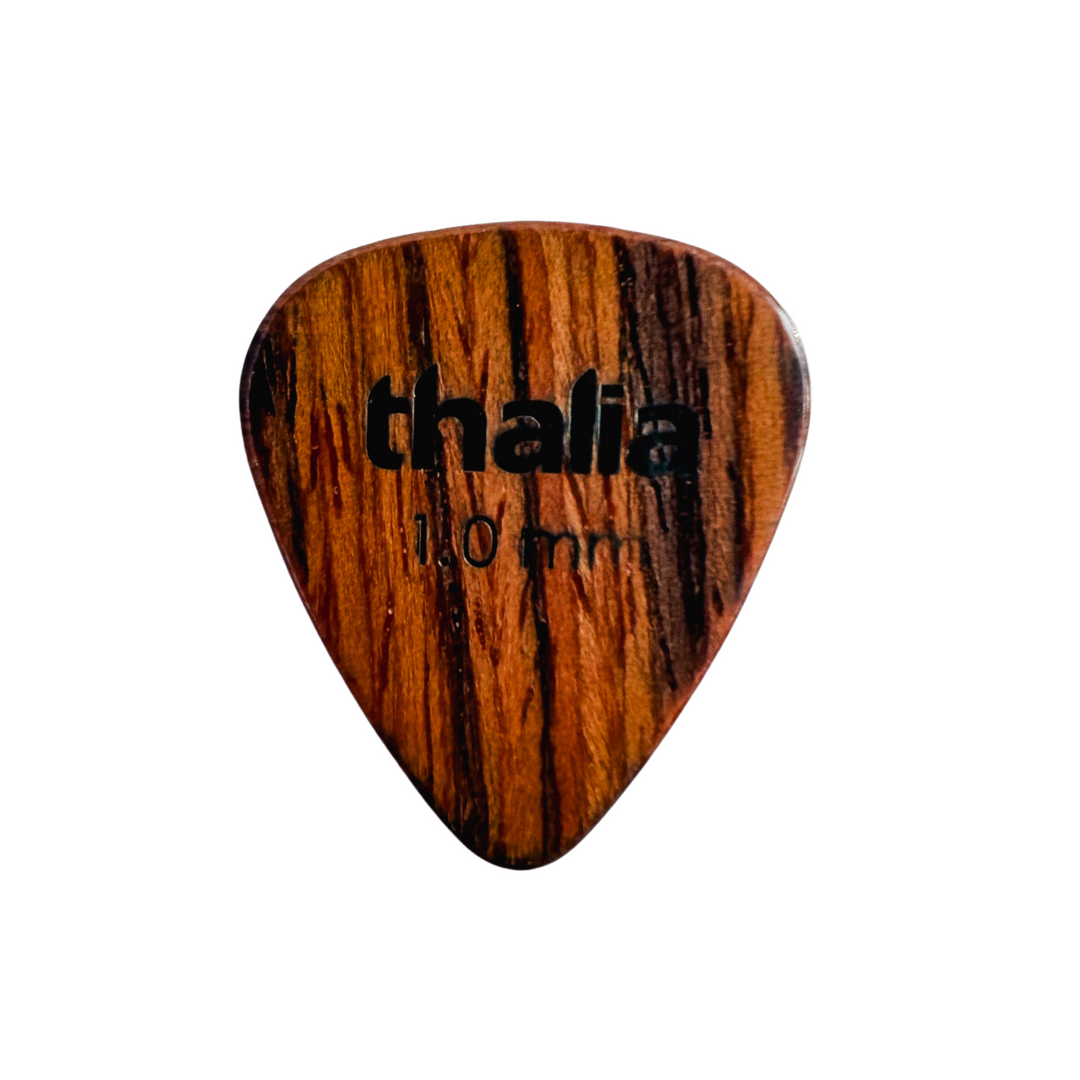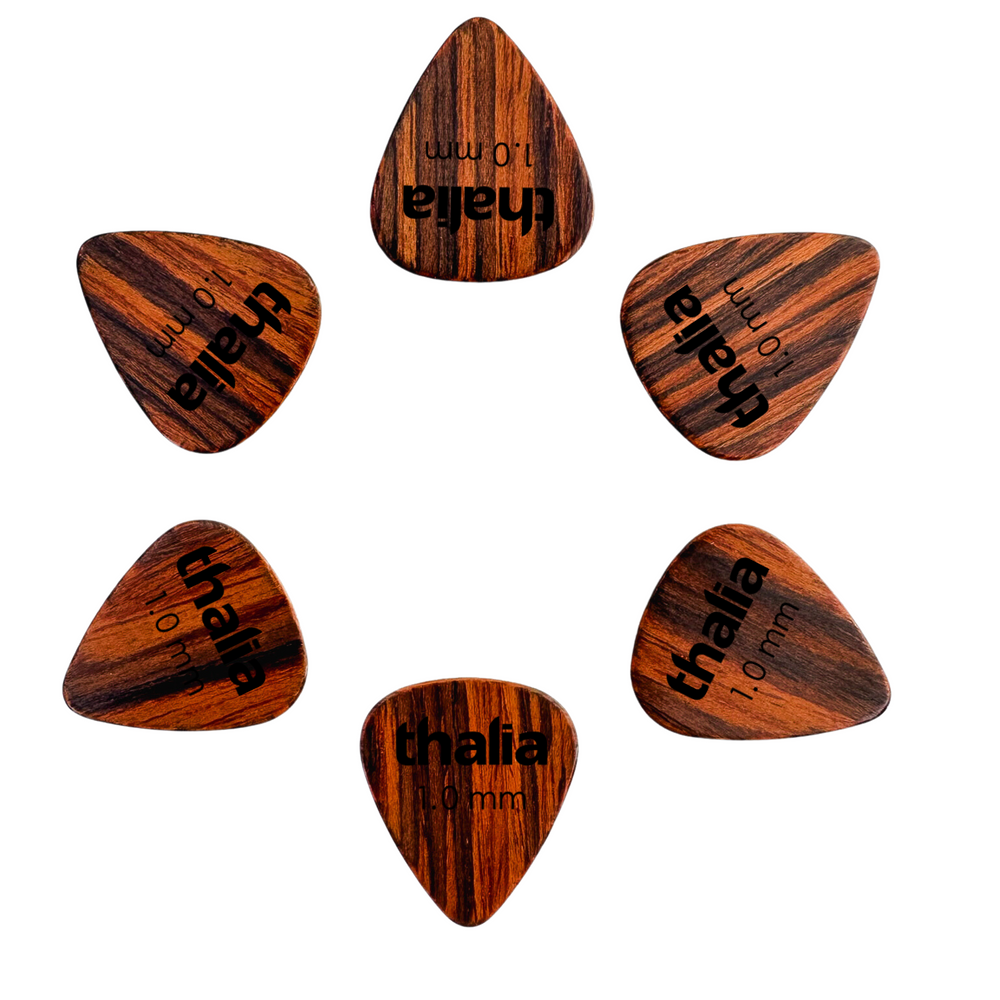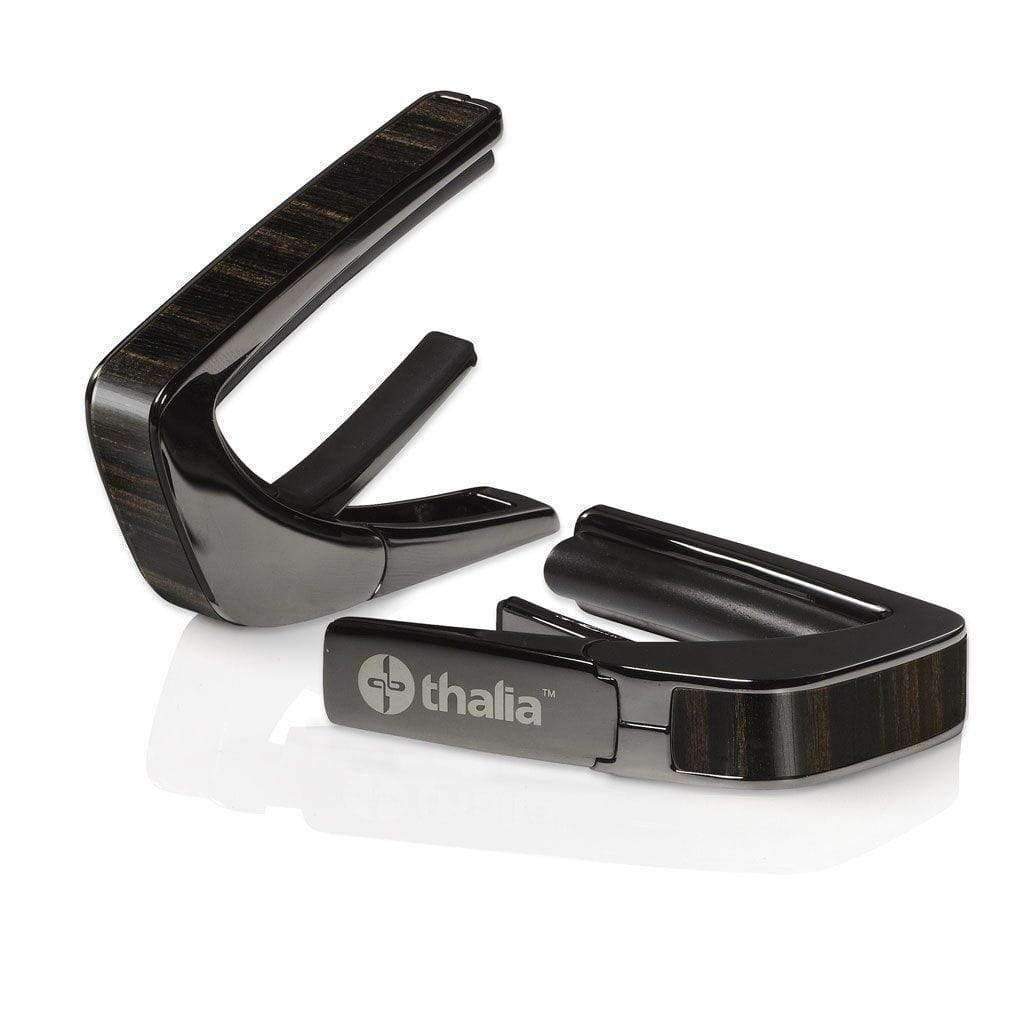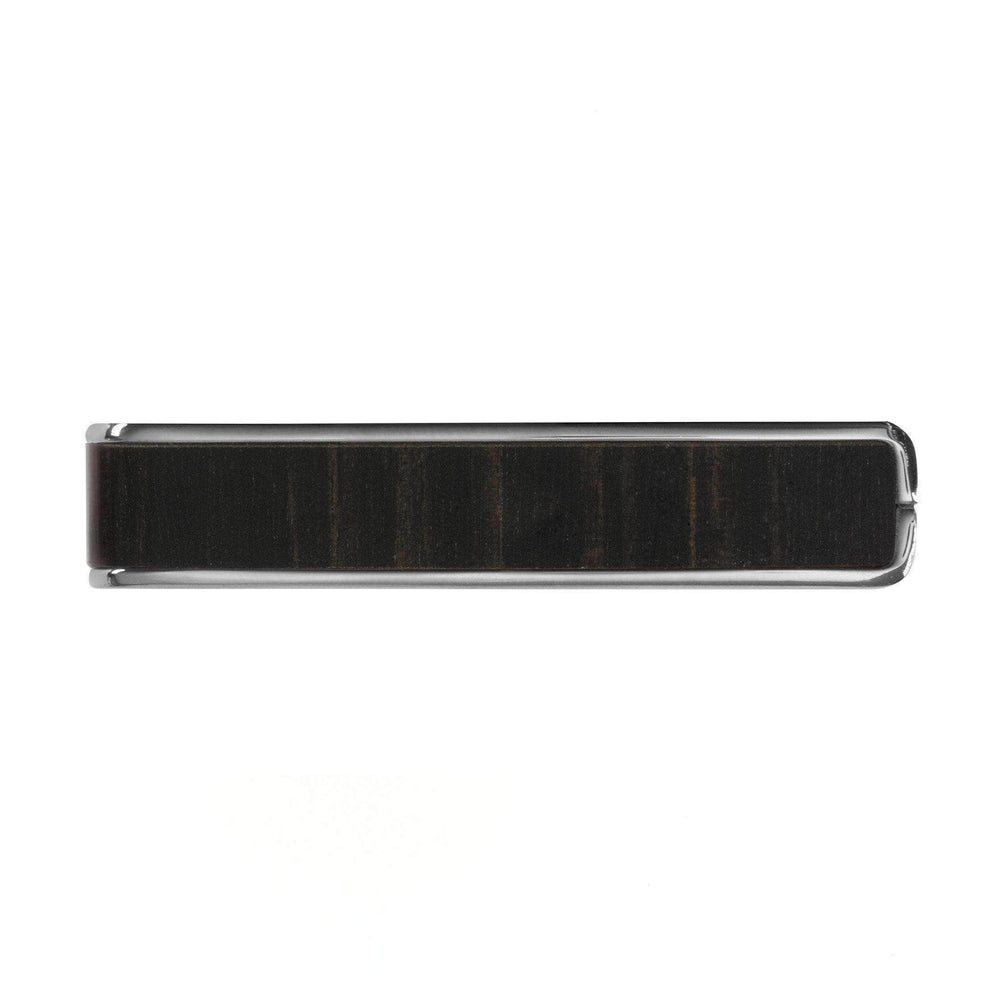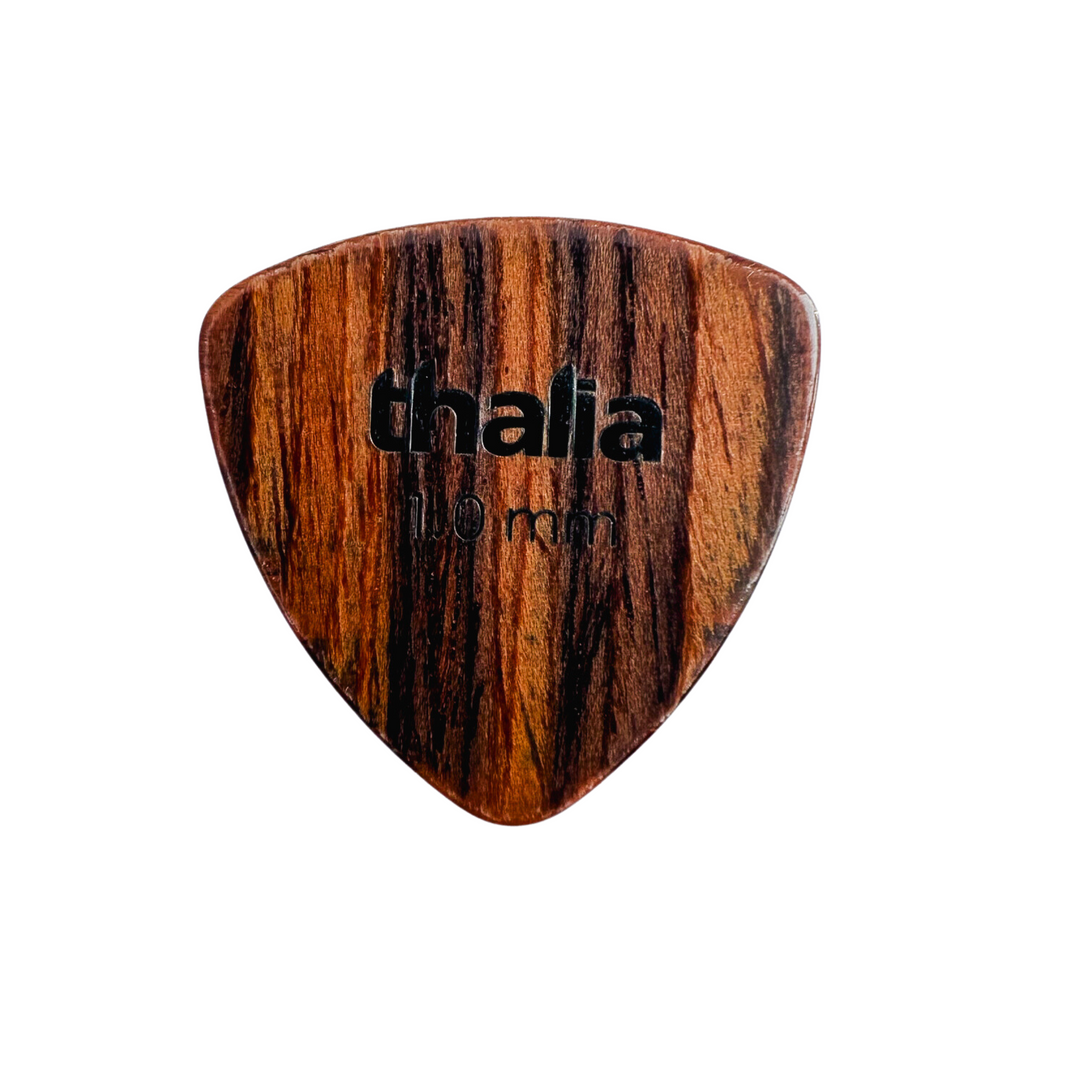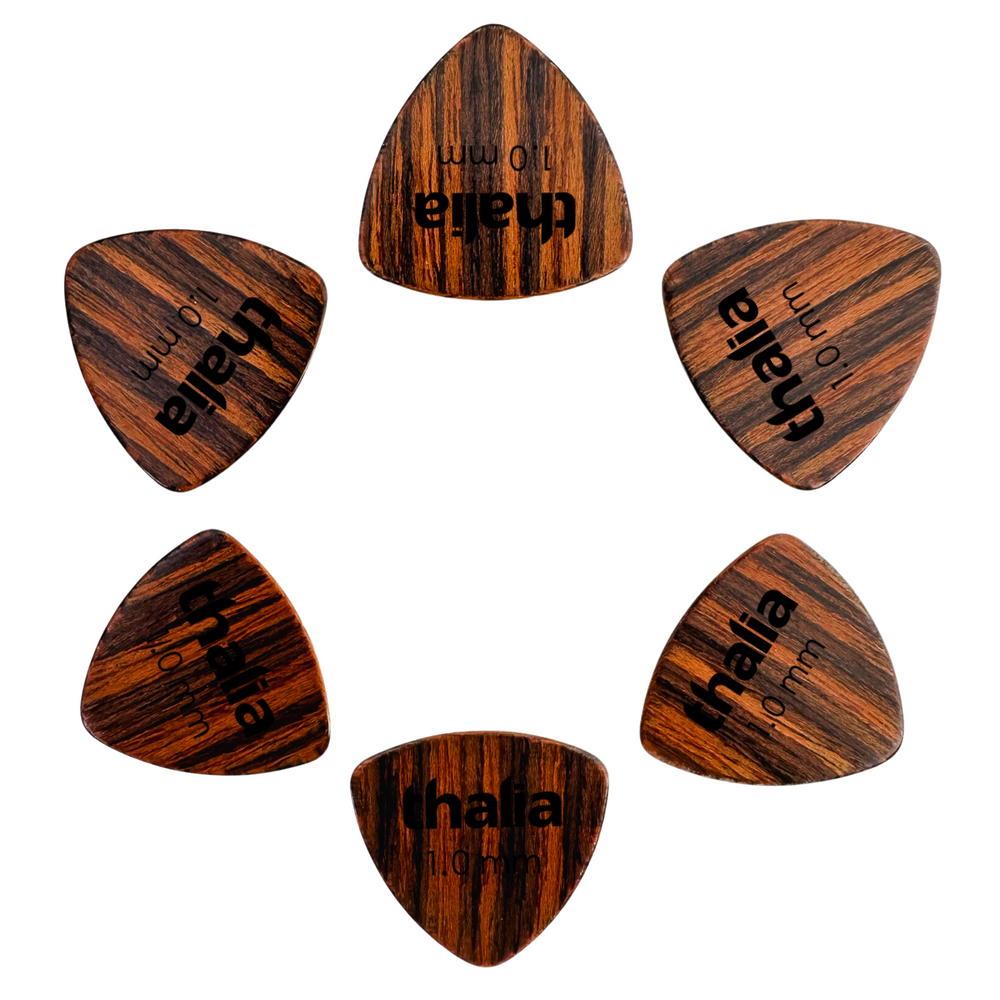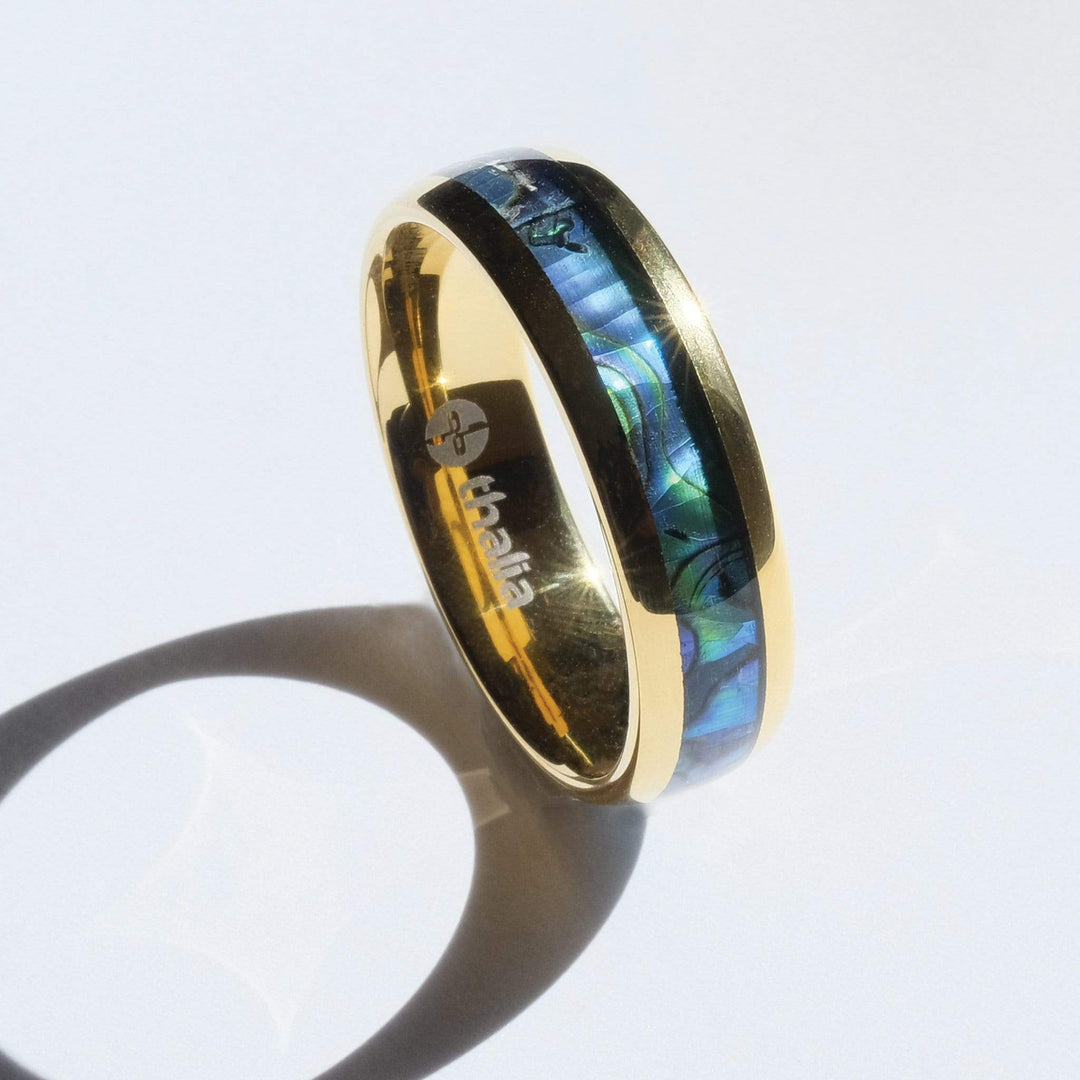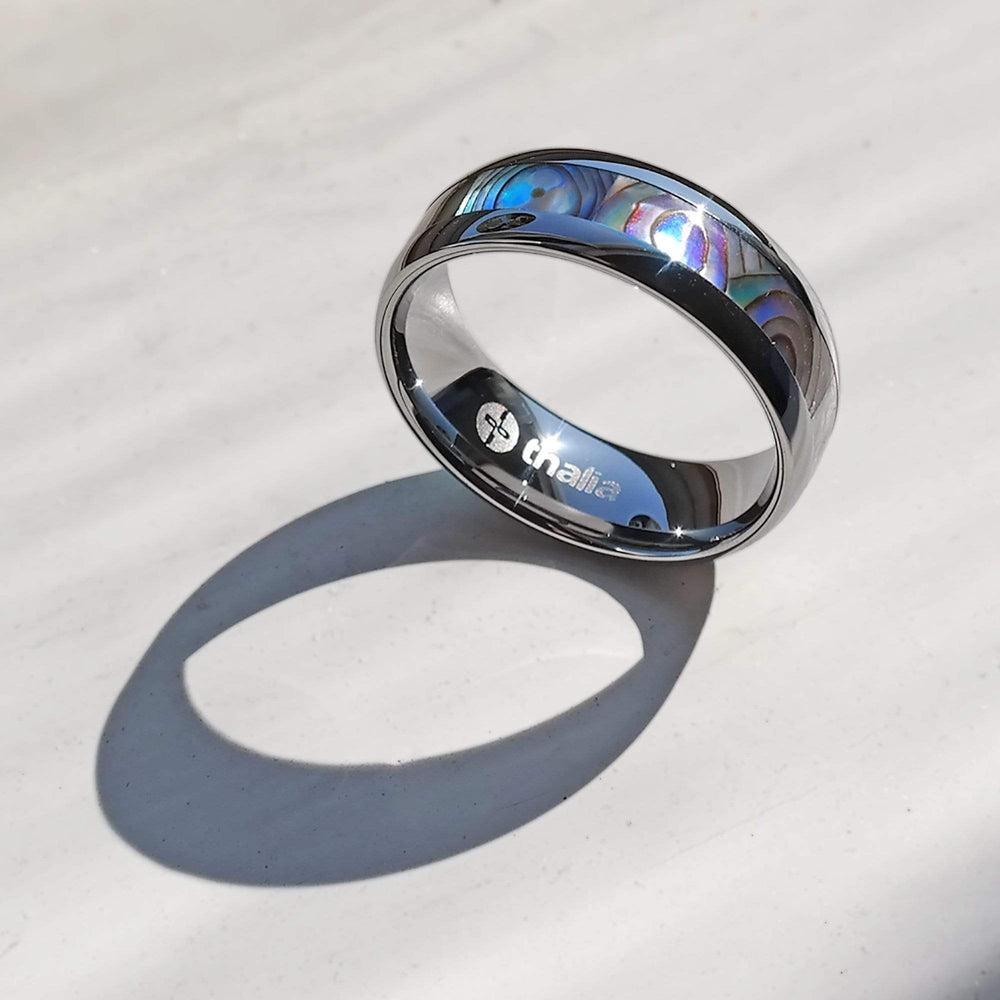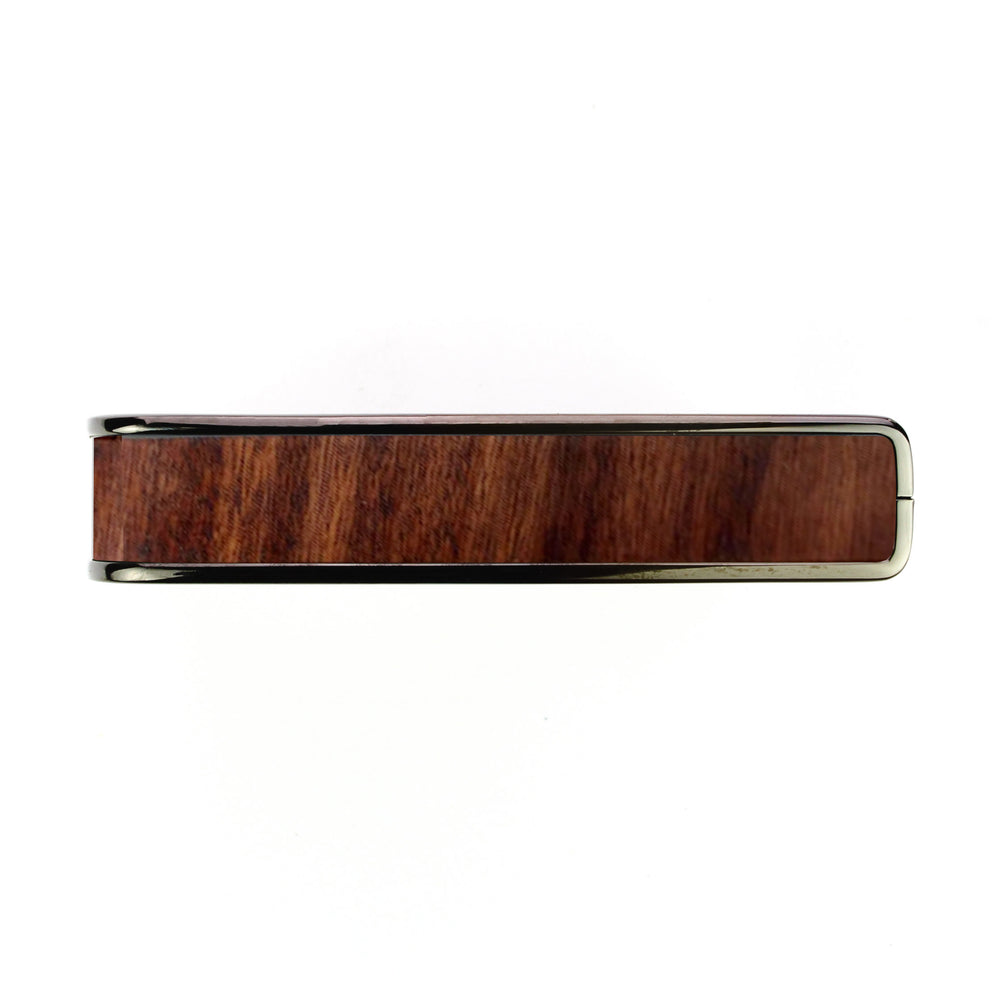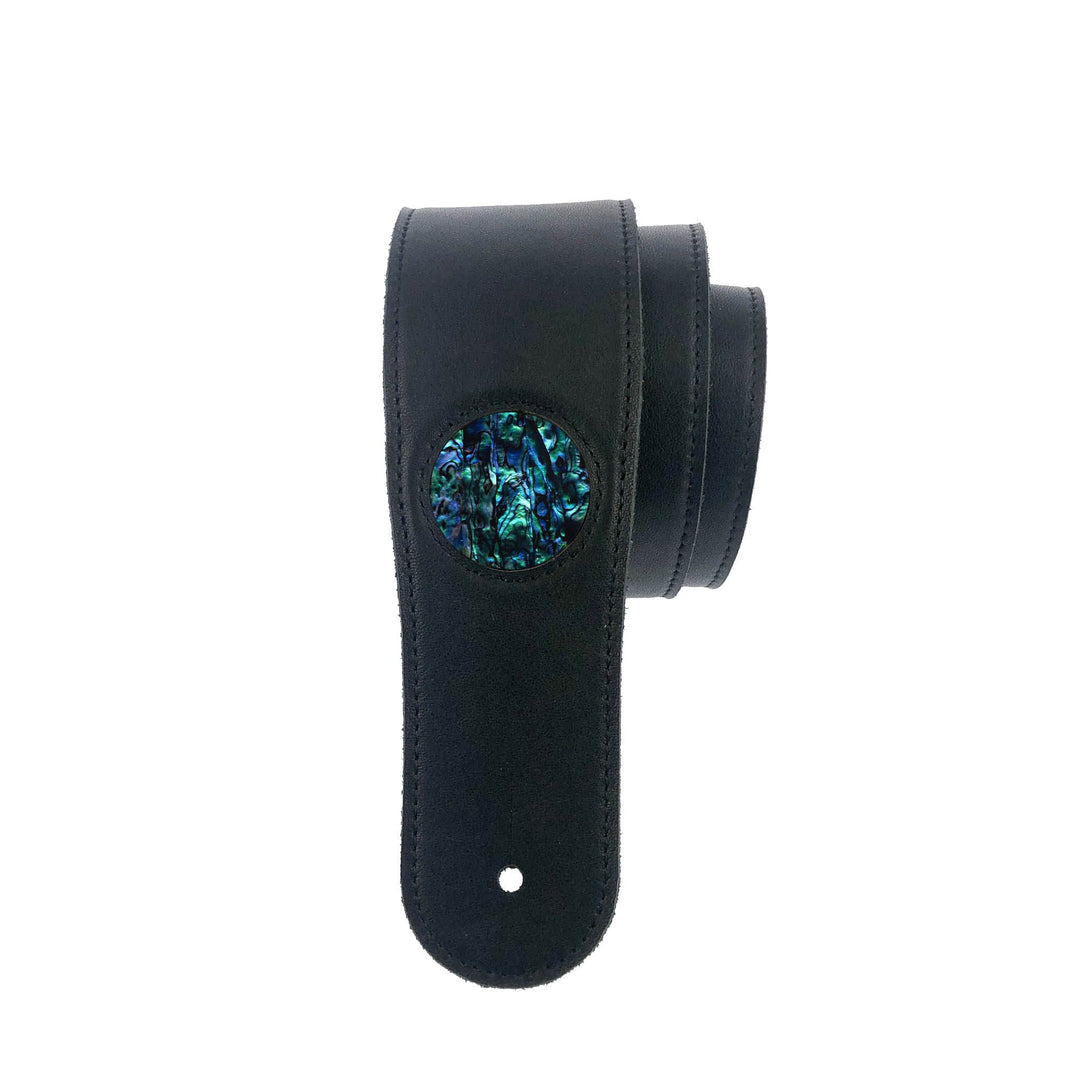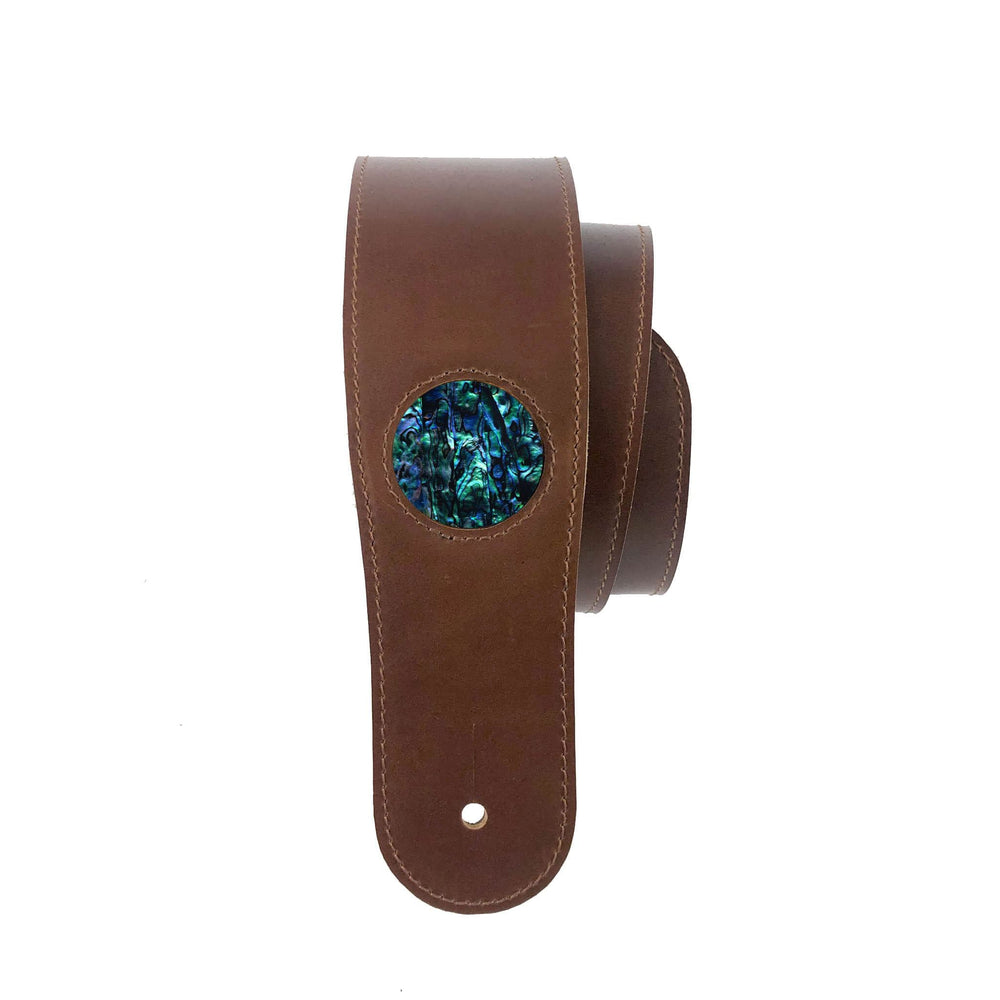High-strung, you say?

What do Pink Floyd, The Stooges, The Rolling Stones, Kansas, Andy Fairweather Low and Tom Petty have in common? Yes, they can all be found on classic rock playlists, but it’s something else.
The answer? They’ve all dabbled with Nashville Tuning, also known as high-strung tuning.
That nice jangle that only a high-strung guitar has been found in many great songs.
So, what is Nashville Tuning exactly?
Simply put, Nashville tuning is where the 6th, 5th, 4th and 3rd strings (E, A, D and G) are tuned an octave higher than standard. While this may seem odd (and yes, you’ll snap strings with reckless abandon if you use a standard set), it’s simple to achieve.
First, get a pack of strings for a 12-string guitar. Next, take only the strings used for the higher octaves of the 6th, 5th, 4th and 3rd strings, as well as the standard ones for the 2nd and 1st strings and put those on your guitar. Easy peasy!
Here are the corresponding notes in standard notation and tab:

Nashville session guitarist Ray Edenton is often credited with developing this tuning, looking for a way to get more jangle out of the acoustic guitar while reducing the inherent boomy-ness of the instrument. What he got were the jangly characteristics that are common on a 12-string guitar without the lower octaves adding any low end to the sound.
This tuning sounds best when doubling another guitar part (as Butch Walker says, it’s the ultimate layering guitar), adding a 12-string characteristic to the sound. It also works equally well on electric and acoustic, so you’re not limited to just one variety of instruments.
Make any electric a 12-string by doubling a part with a high-strung guitar!
The bonus is the thickening of the sound, thanks to the slight tuning imperfections that may exist between a regular guitar and high-strung guitar. All of this helps to make guitar parts fatter with some lovely jangle.
Now, if you’re wanting to keep a guitar tuned like this permanently (for short-term uses, you can probably get away with your regular setup), you may need to do a couple of modifications. The first would be the have a new nut made to accommodate the widths of the thinner strings (rather than having them move back and forth in wider nut slots cut for standard gauge strings. The other would be to check your intonation to make sure the strings play in tune (or as close as possible) across the fretboard.
These are relatively simple fixes that you may be able to do yourself. If you’re not comfortable taking tools to your instrument, you can always have a luthier do the work for you.
OK, so what are some examples?
Well, I’m glad you asked!
“Wild Horses” - The Rolling Stones
This classic Stones ballad has some fantastic acoustic guitar sounds. If you listen, you’ll hear Keith Richards strum away on a regular 12-string guitar while Mick Taylor plays a second acoustic guitar with Nashville Tuning. The extra jangle gives the song a signature sound that wouldn’t be there by using the 12-string alone.
“Hey You” - Pink Floyd
From one of the greatest concept albums of all time, The Wall, “Hey You”’s haunting arpeggios played by David Gilmour on a guitar using Nashville Tuning, but with an added twist. Where the low E string (the 6th) would normally be the octave string on a standard 12-string set, Gilmour replaces that with a regular high E string and tuning a second octave higher (up to E4 rather than E3). In essence, there are two high E strings on the guitar, which keeps the harmonic range nice and small, allowing the notes of those minor 9 arpeggios to rub against each other. Here is the notated difference:
“Jumpin’ Jack Flash” - The Rolling Stones
More Stones? Well, yes! This 1968 single from the band features two acoustic guitars that were run through a Philipps cassette recorder set to stun, one of them was tuned to an open tuning, while the other was tuned with Nashville Tuning. What you get are two guitar parts that have no problem standing out thanks to the different ranges both instruments found themselves. Turn it up loud!
“Wide Eyed and Legless” - Andy Fairweather Low
Though probably best known as Eric Clapton’s long-time rhythm guitarist for several years, Andy Fairweather Low had his fair share of solo singles, including this gem from his 1975 album La Booga Rooga. A simple pop ditty, the jangle comes courtesy of a high-string acoustic guitar. Simple yet effective.
These should give you a small sampling of the potential found in using Nashville Tuning in your songs. If you have a spare guitar lying around, grab a 12-string pack, put the high ones on and bask in that glorious jangle! You’ll probably be happy you did.
By Kevin Daoust - instagram.com/kevindaoust.gtr
Kevin Daoust is a guitarist, guitar educator and writer based in Gatineau, Quebec, Canada. When not tracking guitars for artists around the world, or writing music-related articles around the internet, he can be seen on stage with Accordion-Funk legends Hey, Wow, the acoustic duo Chanté et Kev, as well as a hired gun guitarist around Quebec and Ontario. He holds a Bachelor of Music in Guitar Performance from Carleton University in Ottawa, Ontario, Canada.



